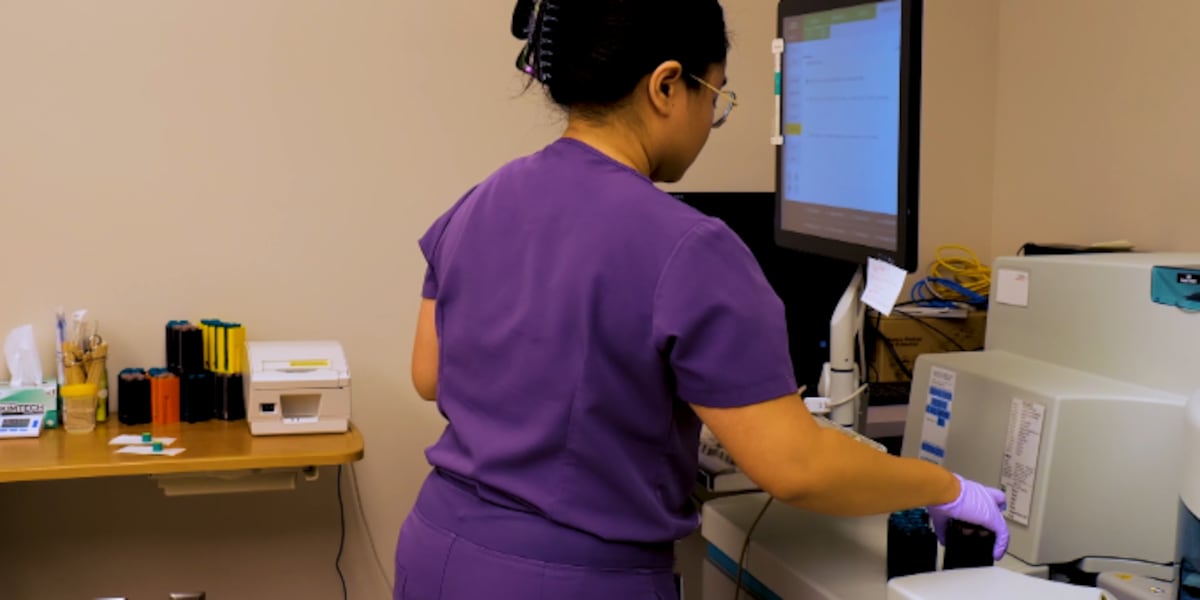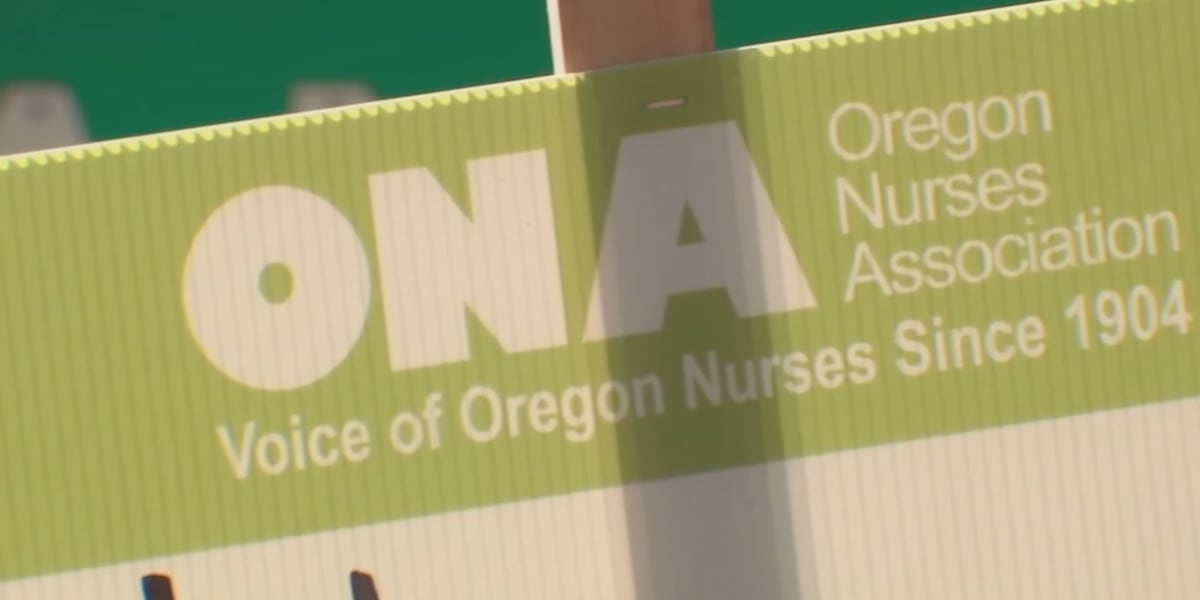North Dakota's Rural Healthcare Gets a Boost: $Billions from the Big Beautiful Bill

North Dakota's rural healthcare system is poised for a significant transformation thanks to a substantial injection of federal funding from the landmark 'Big Beautiful Bill'. This influx of capital promises to stabilize and strengthen healthcare services in underserved communities across the state, addressing critical challenges and paving the way for improved access and quality of care.
For years, rural healthcare providers in North Dakota have faced a multitude of hurdles. These include staffing shortages, declining patient volumes, rising operational costs, and the geographic isolation that limits access to specialized care. The 'Big Beautiful Bill' recognizes these challenges and provides a lifeline for these vital institutions.
What is the 'Big Beautiful Bill'? While the official name might be lengthy, the bill represents a significant investment in infrastructure and healthcare initiatives across the nation. Specifically, a portion of these funds has been earmarked for North Dakota's rural healthcare sector, acknowledging the unique needs and vulnerabilities of these communities.
How will the funds be used? The allocation of these funds is strategic and multifaceted. Key areas of focus include:
- Recruitment and Retention of Healthcare Professionals: Financial incentives, loan repayment programs, and improved working conditions will be implemented to attract and retain doctors, nurses, and other essential healthcare staff in rural areas.
- Modernization of Healthcare Facilities: Outdated equipment and infrastructure will be upgraded, ensuring that rural hospitals and clinics can provide state-of-the-art care. This includes investments in telehealth capabilities to bridge the gap in access to specialists.
- Expansion of Telehealth Services: Telehealth is a crucial tool for delivering care to patients in remote areas. The funds will support the expansion of telehealth infrastructure and programs, enabling virtual consultations, remote monitoring, and access to specialists who may not be physically present in the community.
- Support for Rural Emergency Medical Services (EMS): Rural EMS services are often the first point of contact for patients in emergency situations. The funds will help to improve EMS response times, equip ambulances with advanced life-saving equipment, and provide ongoing training for EMS personnel.
- Addressing Social Determinants of Health: Recognizing that health is influenced by factors beyond medical care, some funds will be allocated to address social determinants of health such as food insecurity, transportation barriers, and housing instability.
The Impact on Communities: The impact of this funding is expected to be profound. Increased access to quality healthcare will lead to improved health outcomes, reduced chronic disease rates, and a stronger sense of community well-being. Furthermore, a stable rural healthcare system is essential for attracting and retaining residents, supporting local economies, and ensuring the long-term vitality of North Dakota's rural communities.
Looking Ahead: While the 'Big Beautiful Bill' provides a significant boost, ongoing investment and innovative solutions will be necessary to sustain rural healthcare in North Dakota. Collaboration between state and federal agencies, healthcare providers, and community stakeholders will be crucial to ensuring that these funds are used effectively and that rural healthcare continues to thrive.






